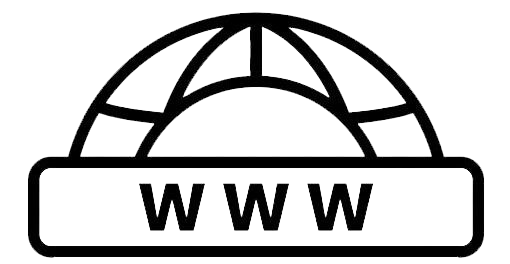Modified Date: February 15, 2025
Understanding the Problem
A “Not Found 404” error means a specific page on your website cannot be located by the server. This issue, reported by Google Search Console (GSC), can disrupt both user experience and search engine optimization (SEO). Here’s a simple guide to address these 404 errors to ensure your website stays user-friendly and optimized for search engines.
Common Causes
The page has been deleted or moved.
The URL is incorrect.
There are configuration issues on the website.
Impact of 404 Errors
User Experience
404 errors can frustrate users, making it difficult for them to find the information they need, leading to a poor user experience.
SEO Considerations
While 404 errors don’t directly harm your website’s SEO if managed correctly, a high number of these errors can signal poor site maintenance, which might indirectly affect your SEO.
404 Effect On SEO
How to Fix 404 Errors
1. Recover Deleted URLs:
If a page was accidentally deleted and is needed, restore it from a backup or create a new page with the same URL. Then, request indexing in GSC to inform Google that the URL is now active.
2. Implement Redirections
For pages that have been permanently removed or moved, set up 301 redirects to guide users to relevant content. This preserves the SEO value and ensures users find what they’re looking for.
Steps
Identify pages with similar content.
Implement 301 redirects to these pages.
3. Remove Internal Links to 404 Pages
Clean up your site by removing or updating internal links pointing to 404 pages. This enhances user experience and site structure.
Tools: Use tools like Ahrefs or SEMrush to find broken links and then update or remove them.
4. Leave 404 Errors If Necessary
If there’s no relevant page to redirect to, allow the 404 error to persist. Google will eventually remove it from their index.
Use 410 Status Codes: For permanently deleted content, use a 410 status code to indicate that the content is gone permanently.
Best Practices to Avoid
Don’t Block 404 Errors Using robots.txt: This doesn’t solve the problem and may prevent Google from seeing your site correctly.
Avoid Redirecting to Homepage: Don’t redirect users to the homepage for 404 errors, as it can confuse and frustrate users.
Conclusion
Properly managing 404 errors is key to maintaining a user-friendly and SEO-optimized website. By following these best practices, you can improve user experience and the overall performance of your site. Prioritize fixing important URLs that were previously indexed by Google but are now missing. For critical pages, recover them from backups or set up relevant redirects. Use 410 status codes for permanently deleted pages to clearly communicate their status to search engines.
Frequently Asked Questions
How do 404 errors impact SEO?
Correctly handled 404 errors don’t harm SEO, but numerous unresolved 404 errors can indicate poor site maintenance.
How can I check for 404 errors in GSC?
Use the Coverage report in Google Search Console to find and address 404 errors.
Are there tools to automate 404 error checks?
Yes, tools like Screaming Frog, Ahrefs, and SEMrush can help automate the process of checking for 404 errors.
Can 404 errors affect user trust?
Yes, frequent 404 errors can frustrate users and diminish trust in your website.
What’s the difference between 301 and 302 redirects?
A 301 redirect is permanent, while a 302 redirect is temporary.
How long does it take for Google to recognize a redirect?
It can take from a few days to several weeks for Google to process and recognize a redirect.

